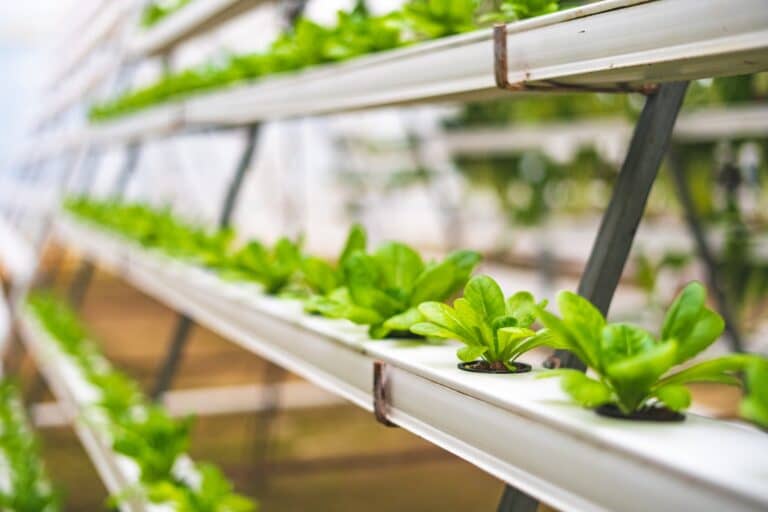Organic farming. 10 wonderful advantages you didn’t know.
Organic farming is the type of farming that doesn’t involve the use of chemicals like herbicides, pesticides. The products from here are purely natural and not under the influence of artificial means like hormones, drugs, chemicals, or Genetically Modified Organisms. …
Organic farming. 10 wonderful advantages you didn’t know. Read More »








